Can Dynamic Seating Really Help GI Issues?
Michelle L. Lange, OTR/L, ABDA, ATP/SMS
 Dynamic Seating has so many clinical indicators – preventing client injury and equipment breakage, providing movement, improving postural control, and more. Research and clinician experience also show a benefit to the gastrointestinal system.
Dynamic Seating has so many clinical indicators – preventing client injury and equipment breakage, providing movement, improving postural control, and more. Research and clinician experience also show a benefit to the gastrointestinal system.
First, the research. Incoronato and team (2007) found that clients using dynamic seating had improved digestion. In 2013, Penner, et al., led a study on “Characteristics of Pain in Children and Youth with Cerebral Palsy.” Of the 252 participants, over half reported pain and their physicians attributed hip dislocation/subluxation, dystonia, and constipation as the most frequent causes. Severe constipation is not only painful but can also trigger autonomic responses.
Gravity, standing, movement, and muscle contractions all help the bowels move.
As clinicians, we know that most clients with limited mobility, particularly those who spend a great deal of time in a seated position, have chronic constipation issues. If the client receives feedings through a gastrostomy tube (G-tube), constipation is sometimes further compounded by formulas. It is very common for a client to have a bowel movement during or after therapy, where the client is stretched and moved, or after using a stander. Extending the abdominal area and providing movement often ‘move things along.’ Gravity, standing, movement, and muscle contractions all help the bowels move.
Dynamic seating, particularly Dynamic Backs, provide hip extension and movement. This opens the abdominal area, provides movement, and engages the trunk muscles. Movement and muscle contractions help facilitate natural peristalsis in the intestines. Missy Ball, PT, MT, ATP is one of many clinicians who have seen a change in digestion with a client after dynamic seating intervention. In her case study of Oliver, she shares that a combination of standing and use of an adaptive seating system with a dynamic back has reduced chronic constipation for this young man.
If a client is constipated, should we recommend Dynamic Seating? Not necessarily. However, many clients who can benefit from Dynamic Seating to diffuse forces and provide movement will also have digestion issues – even to the point of causing pain and autonomic symptoms. Dynamic Seating can be a part of the solution.

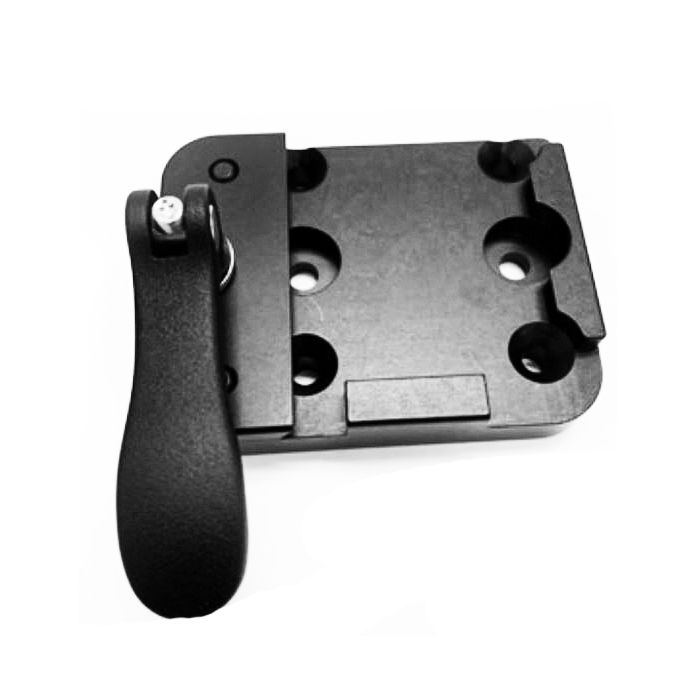
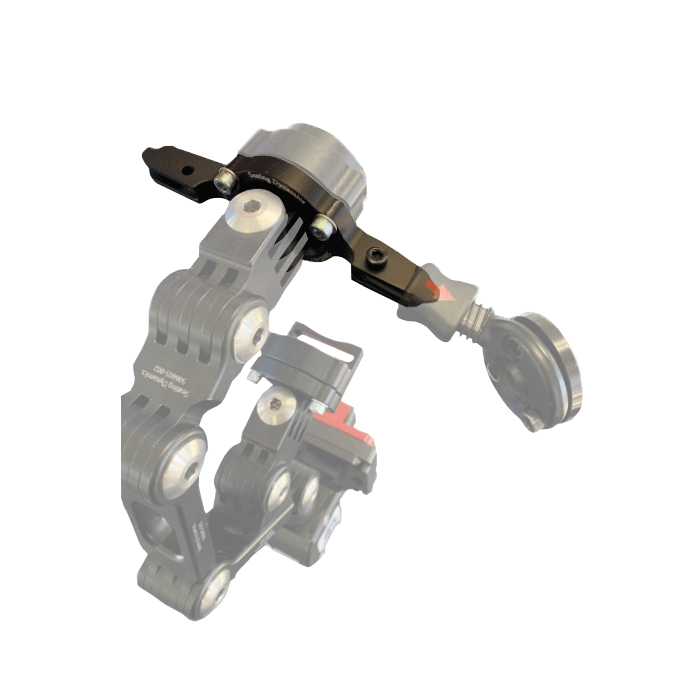
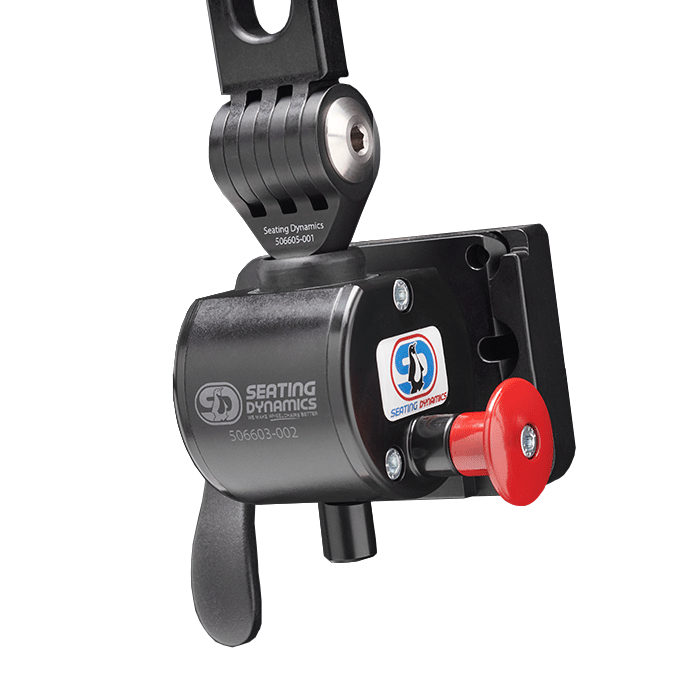
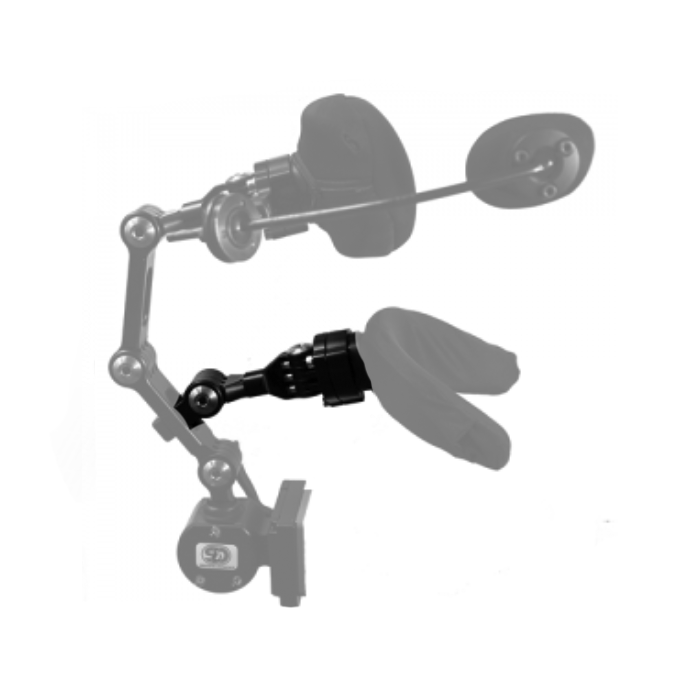
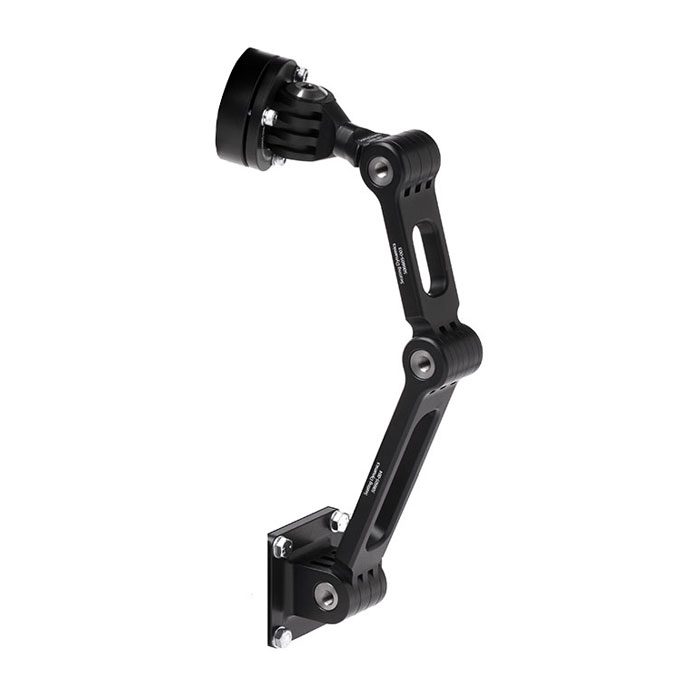
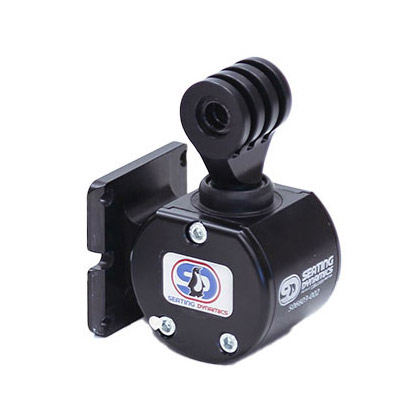
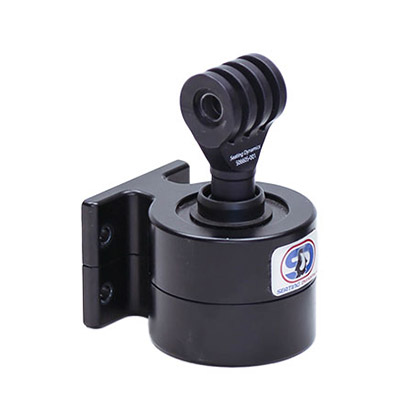
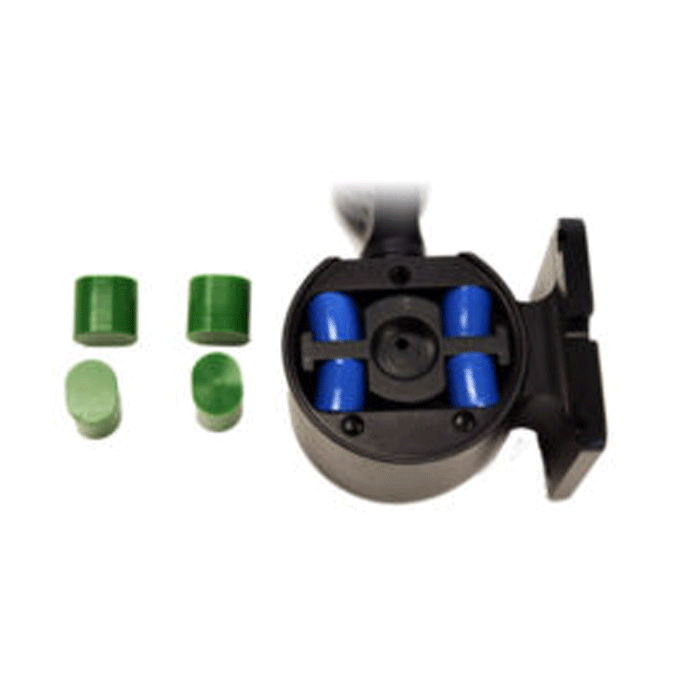
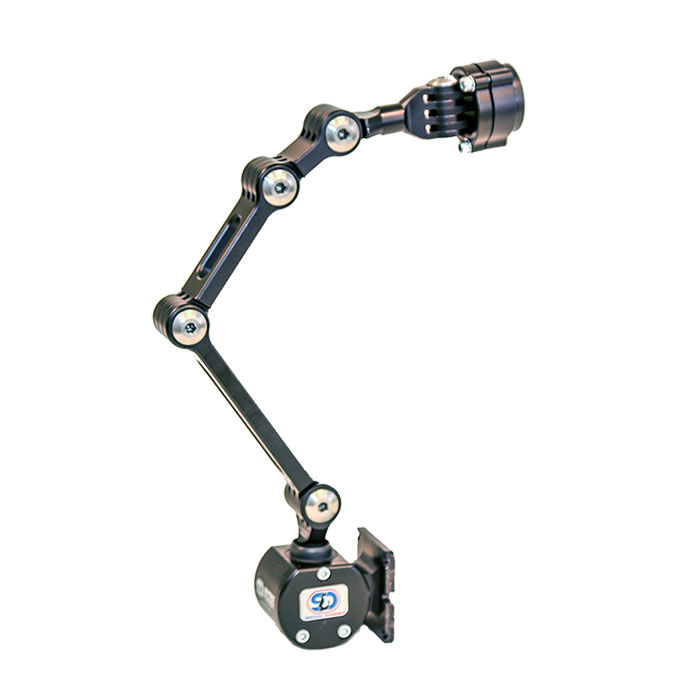

I believe this 100%. I often use and recommend using reported GI challenges as an outcome measure in individuals who I work with. For example if we can maintain an optimal ‘life box’
in the prescribed supine or seated alignment, reduction in laxative use and reduction in abdominal discomfort can be desirable outcomes.
Thank you for sharing how dynamic seating can facilitate this.
Thanks for your comment, Sharon. We love your teaching on the importance of the “Life Box” – it is so important. I think providing controlled hip extension can open this area up and get things moving.